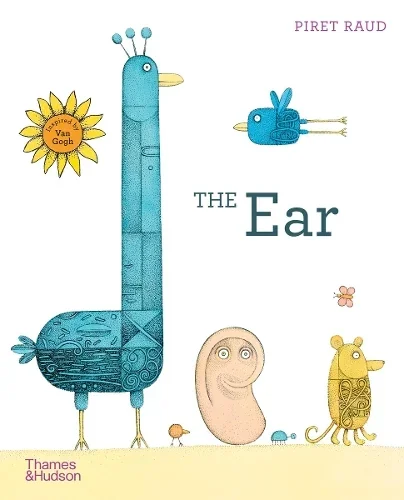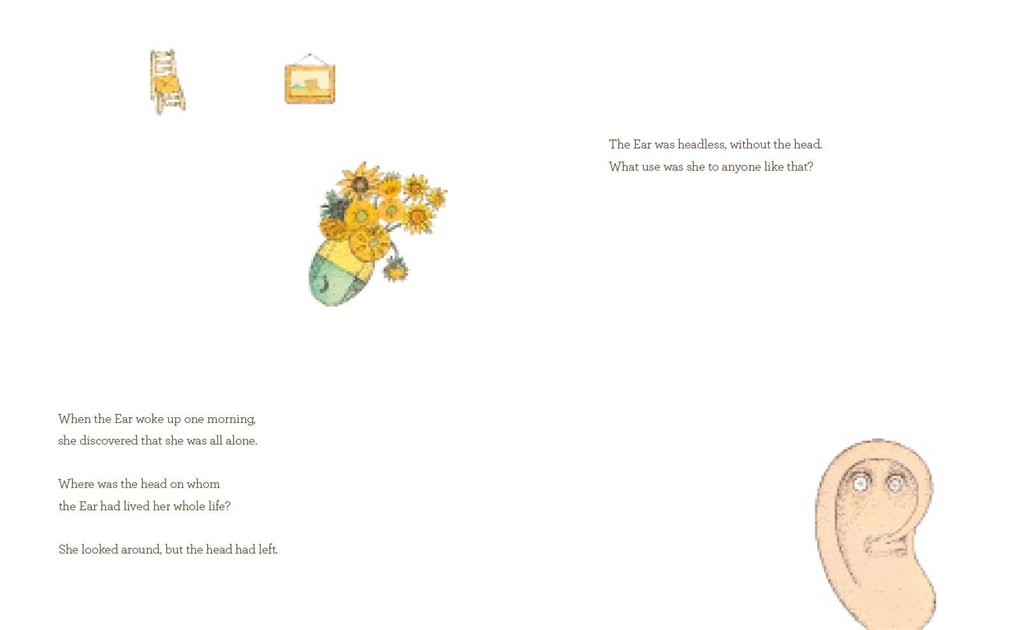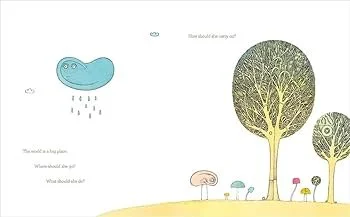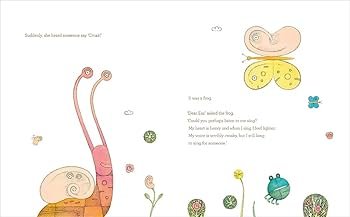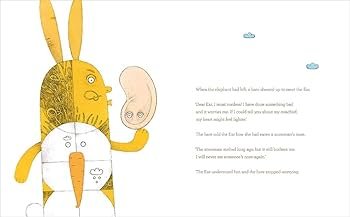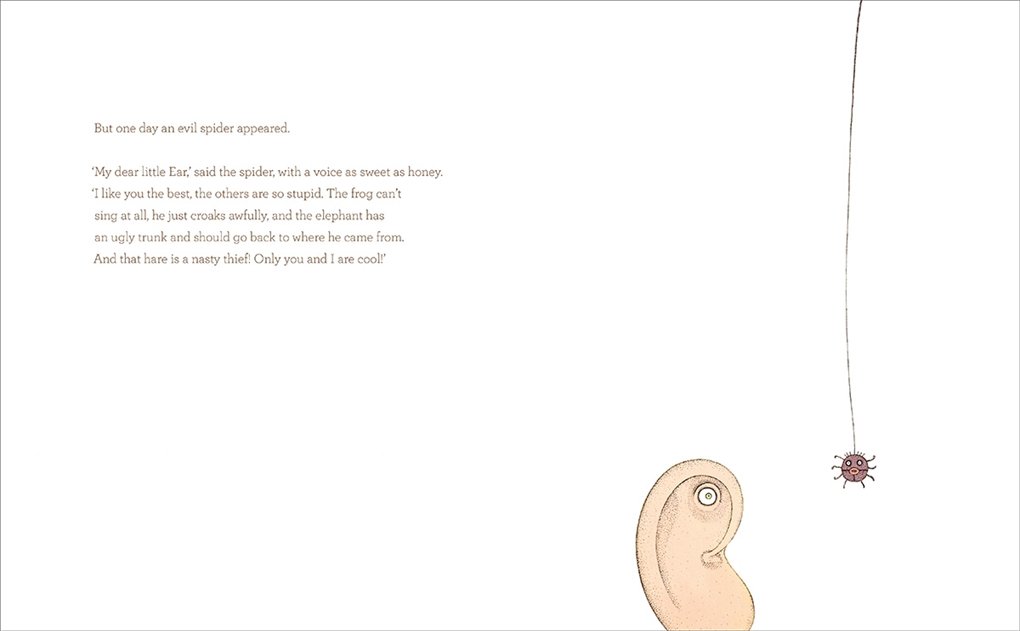
The Ear
By Piret Raud
-
is an Estonian author and illustrator.
-
Originally published in 2019.
-
5-8.
‘What if…?’ The best books often try to find the answer to this question. What if we could walk though the mirror? What if elephants could fly? What if we could walk into the book or the characters walk into our world?
What if Van Gogh’s ear had feelings and her own life? I’ve never heard people actually talking about that unfortunate ear. They do know what happened to it to make it a world famous ear but not what happened next. Was it binned? Stitched back on?
Piret Raud imagines she knows what happened and invites us to join the Ear.
It’s good that neither the text nor the illustrations are tightly connected to the actual person Van Gogh. We can tell the students it’s just any ear if we don’t think they are ready to know the real story. Van Gogh himself appears only on an end paper. It’s smart, isn’t it? We see him before the actual story begins and it’s true - he was long before this story started.
If your class know about Van Gogh it will be fun to spot his works and talk about famous pictures.
The Ear was headless, without the head.
What use was she to anyone like that?
That’s a good question. What can an ear be or do without the head? You can also talk about the meanings of the word ‘headless’. What does it mean to be like a headless chicken? Does it simply mean that they have no head? Is headless always beheaded or does it mean someone is silly and unorganised and frantic? Maybe after we read the book we will know better what definition fits the Ear.
The Ear is trying to find herself in this new life. She tries on being a cloud and mushroom. It doesn’t look like she is happy.
The world is a big place.
Where should she go?
What should she do?
How should she carry on?
The text itself suggests a few questions and it’s easy to follow the idea. I ask the children to think of possible places and jobs for the Ear.
Then she gets frustrated and lost without a head. She feels like she is a nobody. Children connect with her feelings and they want to talk about it. They don’t like seing her so unhappy.
Suddenly, a frog asks ‘Can you lend me an ear?’. The frog needed someone’s ears to hear it singing. And finally the Ear doesn’t need to pretend and be what she is not. She is not a good snail, she is not a gorgeous butterfly (God! I don’t want to ever see ears as flapping wings, no.). The Ear is a good listener.
And it becomes widely known for listening to everyone. All the animals are very different. Some want attention, others want to share their sorrows, some need to confess to the Ear. What do you think a lion would want to say? What bothers a worm and a hedgehog? I offered my class to act it out and suggest something.
The Ear was very pleased. It feels better to do what you are used to. That’s her game.
But one day an evil spider appeared.
And it started gossiping about other creatures. The Ear ached all over and didn’t even notice how it got trapped. Does it ever happen that you don’t like listening to another person? What noises hurt you or your ears? Is what the spider is saying wrong?
Now that the Ear is in trouble, it starts thinking about the head again. Is it like a child looking for mummy? It is fine on it’s own when everything is okay, but feels too stressed without the head when it’s in trouble.
Help comes from the new friends and everything is fine.
The endpapers make us think that it’s not the end of her journey. Is she going to move on? Is she jumping onto her next adventure? Maybe someone else needs an ear?
